Here's an overview:
Introduction to Designing a Gallery Wall
|
|
|
Gold Ornate Antique Picture Frame |
Ornate Antique Silver Frame |
Ornate Antique Gold Picture Frame |
USD 125.0 ~ USD 360.0 |
USD 88.0 ~ USD 134.0 |
USD 45.0 ~ USD 997.0 |
Designing a gallery wall entails creating an arrangement of picture frames and art prints to form an aesthetically pleasing display. This setup can be tailored to fit various styles and spaces, making it a versatile choice for interior decoration. Understanding the basic principles and steps involved is essential for achieving a cohesive and harmonious look.
Steps to Consider
-
Planning the Layout
-
Begin by determining the wall space available and envisioning the overall look and feel desired.
-
Measure the dimensions of the wall and consider any existing furniture or architectural features.
-
-
Choosing a Theme
-
A theme can provide consistency and cohesiveness to the design.
-
Options include monochrome, abstract, botanical, family portraits, or a combination of different styles.
-
-
Selecting Frames and Art Prints
-
The choice of frames and prints should complement each other.
-
Frames can range from classic wood to modern metal finishes.
-
Art prints should reflect personal interests and aesthetic preferences.
-
-
Arranging the Pieces
-
Lay the frames on the floor to experiment with different configurations.
-
Common arrangements include grid patterns, asymmetrical layouts, and salon-style groupings.
-
-
Ensuring Balance and Symmetry
-
Balance can be achieved by mixing varying sizes and shapes of frames.
-
Symmetry may be obtained by aligning the central focal points horizontally or vertically.
-
Tips for Execution
-
Use of Templates
Creating paper templates of the frames can help visualize how they will look on the wall before committing to nails or hooks.
-
Color Palette Consistency
- Stick to a cohesive color palette within the prints to maintain visual harmony.
-
Incorporating Other Elements
- Consider integrating other elements like mirrors, shelves, or sculptural pieces for added depth and interest.
-
Practice Patience
- Take the time to rearrange and adjust the layout as needed until the desired look is achieved.
Tools and Materials
-
A reliable level and measuring tape
-
Appropriate wall hooks or nails for the weight of frames
-
Painter's tape for marking positions
-
A hammer or drill, depending on wall requirements
Careful attention to these components ensures a beautifully designed gallery wall that adds character and sophistication to any room.
Choosing the Right Wall Space
|
|
|
Modern Traditional Silver Picture Frame Gazdavellie |
Traditional Renaissance Ornate Black Picture Frame with Silver |
Traditional Renaissance Ornate Black Picture Frame with Silver |
USD 444.0 |
USD 460.0 |
USD 59.7 ~ USD 1361.58 |
|
|
|
Traditional Ornate Gloss Black Picture Frame Renaissance |
Traditional Gold Picture Frame Gazdavellie |
Traditional Ornate Scoop Gold Picture Frame with inner Beading |
USD 59.7 ~ USD 1361.58 |
USD 45.0 ~ USD 997.0 |
USD 45.0 ~ USD 997.0 |
|
|
|
Traditional Antique Gold Picture Frame with Beads |
Traditional Silver Leaf Beaded Picture Frame Thin |
Thin Traditional Gold Leaf Beaded Picture Frame |
USD 45.0 ~ USD 997.0 |
USD 54.0 ~ USD 1196.4 |
USD 40.0 ~ USD 1196.4 |
Choosing the right wall space is a crucial step in designing a stunning gallery wall. Assess the available spaces in the home, considering both aesthetics and functionality. Ideal locations include:
Entryways and Hallways
-
Entryways: Utilize these areas to create a warm, welcoming environment for guests.
-
Hallways: Often overlooked, these spaces can be transformed into visual showcases.
Living Rooms and Dens
-
Above Sofas: Position frames above sofas to create a focal point with a cohesive arrangement.
-
Television Areas: Balance technology with art to make the space feel inviting.
Stairways
-
Ascending Designs: Align picture frames along the staircase's ascent to guide the eye upwards.
-
Landing Spots: Place larger pieces on landings to break visual monotony.
Bedrooms
-
Headboard Wall: Design a serene setting by creating a gallery wall above the headboard.
-
Opposite Bed Walls: Position prints and frames opposite the bed to enjoy from a resting perspective.
Office Spaces
-
Behind Desks: Enhance productivity and inspiration with art behind or adjacent to workspaces.
-
Meeting Areas: Use gallery walls in meeting areas to make the space feel more personal and less clinical.
Considerations for Wall Surface
-
Wall Texture: Evaluate whether the wall texture complements or detracts from the artwork.
-
Lighting: Ensure adequate lighting to highlight the art without causing glare or shadows.
-
Structural Integrity: Verify that the wall can support the weight of the planned gallery.
Measurement and Planning
-
Height and Width: Choose a wall that offers enough height and width to display the intended layout without overcrowding.
-
Spacing: Maintain uniform spacing around each frame to ensure a harmonious appearance.
Practical Tips
-
Avoid High-Traffic Areas: Steer clear of spaces where artwork might get bumped or damaged.
-
Temporary Solutions: For renters, consider using removable adhesive hooks to avoid altering the wall permanently.
By thoughtfully selecting wall spaces, one can ensure the gallery wall not only enhances the room's beauty but also harmonizes with its function.
|
|
|
Traditional Ornate Gloss Black Picture Frame Renaissance |
Black Ornate Antique Picture Frame Gallery Wall |
Gothic Modern Antique Black Picture Frame |
USD 59.7 ~ USD 1361.58 |
USD 45.0 ~ USD 997.0 |
USD 45.0 ~ USD 997.0 |
|
|
|
Gothic Modern Antique Gold Picture Frame |
Thin Antique Gold Picture Frame |
|
USD 45.0 ~ USD 997.0 |
USD 45.0 ~ USD 997.0 |
|
Selecting and Mixing Picture Frames
Selecting the right picture frames is crucial for creating a cohesive and visually appealing gallery wall. Begin by determining the style and mood of the gallery. Choose from various styles such as modern, rustic, vintage, or eclectic to match the overall decor. Consider using a mix of frame types to add visual interest.
Consider Frame Materials and Colors
-
Wood: A traditional choice that adds warmth and texture. Opt for different finishes like cherry, oak, or walnut.
-
Metal: Provides a sleek, contemporary look. Available in silver, gold, bronze, and black.
-
Plastic: Lightweight and affordable, suitable for casual or kid-friendly spaces.
Color Coordination
-
Monochromatic: Choose frames in varying shades of a single color to create harmony.
-
Contrasting: Select frames in starkly different colors for a bold, dynamic look.
-
Neutral Tones: Using black, white, or beige frames can help to highlight the artwork without overpowering it.
Mixing Frame Sizes and Shapes
An interesting gallery wall often features a variety of frame sizes and shapes. Incorporating different dimensions helps to create a balanced composition.
-
Uniform Sizes: Provide a clean, orderly appearance.
-
Varied Sizes: Combine small, medium, and large frames to add depth.
-
Shapes: Mix rectangular, square, and even circular frames for a unique arrangement.
Matting Choices
Matting can significantly impact the presentation of art prints. It serves to draw attention to the artwork and protect it from touching the frame glass.
-
Single Matting: Creates a simple, elegant border around the print.
-
Double Matting: Adds an extra layer of depth and sophistication.
-
No Matting: Offers a modern, minimalist appearance.
Grouping Frames Efficiently
When mixing frames, ensure they complement each other. Lay out the frames on the floor before hanging to visualize the overall look. Arrange larger frames first and fill in with smaller ones. This approach helps in achieving a balanced display.
In conclusion, thoughtful selection and combination of picture frames play a pivotal role in designing a stunning gallery wall.
Curating and Coordinating Art Prints
Curating and coordinating art prints require keen attention to both aesthetic appeal and thematic coherence. Begin by selecting a variety of artworks that resonate with each other, either through subject matter, color scheme, or artistic style. Aim for a balance between diversity and harmony.
Steps to Curate Art Prints:
-
Identify a Central Theme:
-
Select a central theme for the gallery wall. This theme could be based on a specific genre, artist, color palette, or subject matter (e.g., botanical prints, abstract art).
-
Ensure the theme reflects the overall ambiance and purpose of the space where the gallery wall will be.
-
-
Choose a Color Scheme:
-
Opt for a cohesive color scheme that complements the existing decor of the room.
-
Incorporate both dominant and accent colors found in the room to create visual consistency.
-
-
Mix Different Art Styles:
-
Mix up various art styles, such as photography, paintings, and illustrations, for a more dynamic display.
-
Consider the visual weight and scale of each piece to prevent a cluttered appearance.
-
Coordinating the Layout:
-
Plan the Arrangement:
-
Lay out the art prints on the floor before mounting them on the wall. This practice allows for experimentation with different arrangements.
-
Consider the sightline from different viewing points within the room.
-
-
Ensure Proper Spacing:
-
Maintain consistent spacing between the prints to create a unified look. Approximately 2 to 3 inches between frames works well in most cases.
-
Use measuring tools and a level to ensure precise alignment.
-
-
Balance Symmetry and Asymmetry:
- Decide whether a symmetrical or asymmetrical arrangement suits your space better. Symmetrical layouts offer a formal, balanced look, while asymmetrical arrangements can add visual interest and movement.
Final Touches:
-
Frame Selection:
- Select frames that complement both the art prints and the decor. Coordinating frame styles and colors can tie the gallery wall together.
-
Lighting:
-
Properly light the gallery wall to enhance the visibility and impact of the art prints.
-
Utilize picture lights, track lighting, or natural light to highlight key pieces.
-
Planning the Layout and Design
When undertaking the task of designing a gallery wall, meticulous planning is crucial. Begin by determining the overall theme and style. Consider the color palette, art styles, and frame types that will create a cohesive look.
Step-by-Step Process
-
Measure the Wall Space
- Use a measuring tape to ascertain the dimensions of the wall. Ensure that there is a clear understanding of the height, width, and any furniture that may influence the design.
-
Select Art and Frames
- Curate a collection of art prints and frames. Aim for a balance between differing sizes, orientations, and colors. This will add visual interest while maintaining harmony.
-
Create a Mock Layout
- Use craft paper to outline the dimensions of each frame and print. Cut these out and arrange them on the floor or tape them to the wall. This allows for experimentation without any permanent changes.
-
Identify a Focal Point
- Choose a central piece to be the focal point. This should be the largest or most captivating item. Arrange other pieces around this focal point in a way that naturally draws the eye.
Design Principles
-
Symmetry vs. Asymmetry
- Decide whether a symmetrical or asymmetrical arrangement is desired. Symmetry provides classic elegance, while asymmetry adds modern dynamism.
-
Spacing and Alignment
- Consistent spacing creates a clean, organized appearance. Use a level to ensure horizontal alignment. Vertical alignment can be more flexible, depending on the desired aesthetic.
Considerations
-
Wall Color and Lighting
- Be mindful of the wall color and lighting. Light-colored walls with good natural light accentuate artwork better. Introduce spotlights or picture lights to highlight specific pieces.
-
Frame Styles and Materials
- The frame style should complement the art. Mixing materials like wood, metal, and acrylic can add texture and depth to the display.
Tools and Materials
-
Necessary Tools
- Ensure the availability of a measuring tape, level, hammer, nails, picture hanging hooks, and possibly a laser level for precision.
-
Additional Materials
- Keep extra hooks, wall anchors for heavier pieces, and protective gear like gloves handy.
Final Arrangements
Place each frame carefully, ensuring stability and correctness. Re-assess the arrangement, step back, and view the gallery wall from different angles to ensure satisfaction with the visual impact created. Adjust as needed before finalizing.
|
|
Black Shadow Box Picture Frames - Custom Framing |
Modern White Shadow Box Picture Frames - Custom Framing |
USD 45.0 ~ USD 997.0 |
USD 45.0 ~ USD 997.0 |
Tools and Materials Needed
Picture Frames
-
Assorted sizes: Select a variety of sizes to create a dynamic and visually interesting gallery wall.
-
Picture hanging wire: Use for frames that do not come with built-in hanging hardware.
-
Sawtooth hangers: Suitable for lightweight frames, easy to install on the back.
Art Prints and Photos
-
High-resolution prints: Ensure the images are of high quality for the best visual impact.
-
Mat board: Use mats to give a professional look and add separation between the print and frame.
Wall Layout Tools
-
Painter’s tape: Mark positions on the wall without damaging the paint. Create a mock layout on the wall.
-
Measuring tape: Ensure accurate spacing between frames.
-
Level: Ensure all frames are perfectly aligned.
Hanging Hardware
-
Picture hangers: Choose the right size and type based on the weight and type of frames.
-
Nails and screws: Opt for sturdy nails and screws suitable for your wall type (plaster, drywall, etc.)
-
Anchor screws: Use for heavier frames to ensure they stay securely anchored.
Additional Materials
-
Hammer: For driving nails into the wall.
-
Screwdriver: For inserting screws into the wall. Make sure it matches the head type of your screws.
-
Stud finder: Locate wall studs for securing heavier pieces.
-
Pencil: Marking positions for nails or screws.
-
Step stool or ladder: Reach higher wall areas safely.
Protective Gear
-
Drop cloth: Protect the floor from any potential damage.
-
Gloves: Protect hands while handling frames and hardware.
-
Safety goggles: Wear while drilling or hammering to protect eyes.
Cleaning Supplies
-
Microfiber cloth: Dust and clean frames before hanging.
-
Glass cleaner: Ensure glass is streak-free for clear visibility of prints.
Tools for Adjustments
-
Utility knife: Trim mat boards or backing materials if needed.
-
Straight edge ruler: Ensure cuts are precise and straight.
By gathering these tools and materials, one can efficiently and effectively create a stunning gallery wall. Each item plays a crucial role in ensuring the design process is smooth and the final display is visually appealing and professionally executed.
|
|
Traditional Silver Leaf Beaded Picture Frame Thin |
Thin Traditional Gold Leaf Beaded Picture Frame |
USD 54.0 ~ USD 1196.4 |
USD 40.0 ~ USD 1196.4 |
|
|
Thin Rope and Beaded Traditional Antique Gold Frame |
Traditional Ornate Gloss Black Picture Frame Renaissance |
USD 54.0 ~ USD 997.0 |
USD 59.7 ~ USD 1361.58 |
|
|
Modern Traditional Silver Picture Frame Gazdavellie |
Traditional Renaissance Ornate Black Picture Frame with Silver |
USD 444.0 |
USD 460.0 |
Step-by-Step Guide to Hanging Your Gallery Wall
-
Choose Your Wall Space: Select a wall that can accommodate the desired number of frames and art prints. Measure the dimensions to ensure adequate space for various sizes of artworks.
-
Gather Your Materials: Collect picture frames, art prints, nails, a measuring tape, a level, painter's tape, a pencil, and a hammer. Ensure that the hardware used can support the weight of the frames.
-
Decide on a Layout: Lay your frames on the floor to experiment with different arrangements. Take a photo of the layout for future reference. Consider balance, color harmony, and focal points when deciding on the final layout.
-
Planning and Marking: Use painter’s tape to represent the frame edges on the wall. Mark the positions using a pencil. This allows for adjustments without damaging the wall.
-
Measure and Mark Hanger Locations: Measure the distance from the top of the frame to the hanger. Mark this distance on the wall inside the areas marked by the painter’s tape.
-
Pre-Drill or Insert Anchors (if necessary): For heavy frames, pre-drill holes and insert wall anchors. This ensures that the frames are securely mounted, preventing future accidents.
-
Hammer Nails or Screws: Gently tap nails or screws into the marked spots. Use a level to ensure they are straight. For heavier frames, use screws and anchors for added security.
-
Hang the Frames: Start with the central frame and gradually move outward. Carefully place each frame on the nails or screws, using a level to ensure they are straight.
-
Adjust for Precision: Step back to observe the overall alignment. Adjust as needed to maintain balance and uniformity across the gallery wall.
-
Secure the Frames: Use adhesive strips or mounting putty behind frames to prevent shifting. This stabilizes the arrangement and maintains the neat appearance of the gallery wall.
Tip: Use a variety of frame styles and sizes to add dimension and interest. Balancing symmetry with varying frame types can enhance the visual appeal.
Following these steps ensures a professional and aesthetically pleasing display of your gallery wall, transforming your space into a personal art exhibit.
Maintenance and Updating Your Gallery Wall
Maintaining and updating a gallery wall ensures it remains a focal point in any space. Here are several key practices to keep it looking fresh and relevant:
Regular Dusting and Cleaning
Ensure each piece is regularly dusted and cleaned to prevent accumulation of dirt and debris:
-
Use a microfiber cloth to gently wipe down frames.
-
For glass-fronted frames, apply a mild glass cleaner and a lint-free cloth.
-
Avoid using harsh chemicals on frames, especially those with delicate finishes or materials.
Inspecting for Damage
Regularly inspect frames and art prints for any signs of damage:
-
Check for loose hanging hardware and tighten as necessary.
-
Look for any cracks in the frames or glass and address these immediately.
-
Ensure that the backing of the frames remains secure to protect the art.
Rotating Art Pieces
To keep the gallery wall interesting and seasonally appropriate, consider rotating art pieces periodically:
-
Swap out prints to reflect changing seasons, holidays, or personal growth.
-
Introduce new art pieces to keep the display dynamic and engaging.
-
Remove or reframe art that feels outdated or no longer suits the room's decor.
Assessing Layout and Balance
Periodically reassess the layout and balance of the gallery wall to maintain visual harmony:
-
Ensure spaces between frames are even and symmetrical.
-
Consider incorporating new design elements, such as varying frame styles and sizes.
-
Use a level to verify that all pieces remain properly aligned.
Keeping Up with Trends
Updating the gallery wall to align with current decor trends can rejuvenate a space:
-
Follow interior design blogs and magazines for inspiration.
-
Experiment with different art styles, such as minimalism, abstract, or botanical.
-
Incorporate trendy elements like mixed media or three-dimensional pieces.
Personalization and Customization
Personal touches can keep the gallery wall meaningful:
-
Add new family photos or personal artwork regularly.
-
Adjust the gallery to commemorate special moments or achievements.
-
Include items that evoke happy memories and tell your unique story.
Maintaining and updating the gallery wall is an ongoing process that requires careful attention and regular adjustments. By following these practices, the gallery wall will remain a captivating and evolving element in any home.
Inspiration: Examples of Stunning Gallery Walls
|
Wood Cherry Picture Frame Modern Flat Custom Framing |
In the world of interior design, a gallery wall can act as a focal point, drawing the eye and adding personality to any room. Below are several exemplary gallery walls that showcase how diverse and breathtaking these spaces can be when done thoughtfully.
Black-and-White Minimalism
-
Cohesive Frames: Using black or white frames brings uniformity to a collection of different types of art.
-
Monochromatic Art: Black-and-white photos and prints can create a sophisticated yet minimalist impression.
-
Grid Layout: Arranging works in a precise grid fosters a symmetrical and orderly appearance.
Eclectic Mix
-
Variety of Frames: Different frame styles and colors create a visually stimulating experience.
-
Diverse Art Forms: Combining paintings, photographs, and mixed-media pieces generates a rich, layered aesthetic.
-
Balanced Chaos: Achieving an unstructured yet balanced look can add charm and personality.
Floor-to-Ceiling Arrangement
-
Vertical Impact: Extending the gallery wall from floor to ceiling can make rooms appear taller and more spacious.
-
Large Artwork: Incorporating large pieces maintains proportionality and prevents the wall from feeling cluttered.
-
Mixed Sizes: Mixing small and large frames produces a dynamic and engaging arrangement.
Themed Gallery
-
Unified Theme: Selecting a theme such as nature, travel, or family creates coherence.
-
Thematic Elements: Incorporating thematic elements like color schemes or subject matter enhances visual continuity.
-
Personal Touches: Adding personal mementos or items that fit the theme lends a unique, personalized feel.
Vintage Collection
-
Antique Frames: Using vintage or antique frames adds a sense of history and character.
-
Aged Prints: Historic maps, botanical prints, or retro photographs can bring a nostalgic ambiance.
-
Textured Backdrop: Employing a textured wall covering, such as brick or wood, complements the vintage look.
Minimalist Abstract
-
Simple Lines: Minimalist art with clean lines and neutral tones prevents the space from feeling overwhelming.
-
Sparse Arrangement: Spacing framed pieces apart ensures each artwork stands out individually.
-
Neutral Palette: Using a neutral color palette keeps the gallery wall calming and elegant.
Compiling these elements and understanding different inspiration can serve as powerful tools for anyone looking to create a stunning gallery wall that reflects personal taste and style.
Common Mistakes to Avoid
Creating a gallery wall involves careful planning and execution. Here are some prevalent mistakes to avoid when designing a gorgeous gallery wall with picture frames and art prints:
-
Ignoring Proper Measurements:
-
Failing to measure the wall and the spaces between frames can lead to a cluttered appearance.
-
Always use a tape measure and level to ensure precise placement and alignment.
-
-
Lack of Cohesive Theme:
-
Mixing too many styles and colors can make the gallery wall look disjointed.
-
Choose frames and art prints that follow a consistent theme, color scheme, or style.
-
-
Disregarding Frame Quality:
-
Using poor-quality frames can detract from the overall visual appeal.
-
Invest in durable, visually appealing frames to enhance each piece of art.
-
-
Overcrowding the Wall:
-
Placing too many pieces too close together can overwhelm the space.
-
Allow some breathing room between frames to create a balanced and aesthetically pleasing look.
-
-
Not Considering Wall Anchors:
-
Failing to use the appropriate wall anchors can result in frames falling and damaging art prints and walls.
-
Ensure the use of the correct hanging hardware for the wall type.
-
-
Overlooking Lighting:
-
Poor lighting can diminish the impact of the artwork.
-
Plan for adequate lighting, such as track lighting or strategically placed lamps, to highlight the gallery wall.
-
-
Neglecting Viewer’s Eye Level:
-
Positioning frames too high or too low can make viewing uncomfortable.
-
Center larger pieces at eye level, typically 57 to 60 inches from the floor, to ensure an optimal viewing experience.
-
-
Skipping the Mock-Up:
-
Directly hanging frames without a plan can lead to misalignment and regret.
-
Lay out the frames on the floor first or create a paper template for a visual guide before mounting them on the wall.
-
-
Inconsistent Frame Sizes:
-
Randomly sized frames can disrupt the harmony of the gallery wall.
-
Use frames of varying sizes strategically to create a dynamic yet cohesive display.
-
-
Overlooked Maintenance:
- Dust and grime can accumulate on frames, diminishing their aesthetic appeal.
- Regularly clean and maintain the frames to keep the gallery wall looking pristine.
Final Thoughts and Professional Tips
When aiming to design an impeccable gallery wall, attention to detail is critical. Each aspect, from the selection of frames to the arrangement of art prints, contributes to the overall aesthetic. Here are some professional tips to ensure your gallery wall stands out.
-
Consider Theme and Cohesion
-
Choose a common theme for the art prints and photographs.
-
A cohesive color palette or style enhances visual appeal.
-
-
Frame Selection
-
Mix and match different frame styles for an eclectic look.
-
Ensure the frames complement the artwork without overshadowing it.
-
-
Artwork Placement
-
Arrange larger pieces at eye level for the focal point.
-
Balance smaller frames around larger ones to create a harmonious flow.
-
-
Spacing and Alignment
-
Maintain consistent spacing between frames for uniformity.
-
Use a level and measuring tape for precise alignment.
-
-
Experiment with Layouts
-
Before making any holes in the wall, lay the frames out on the floor.
-
Reconfigure until the arrangement feels right.
-
"The perfect gallery wall blends symmetry with a touch of unpredictability," says interior design expert Jane Doe.
-
Use Paper Templates
-
Cut paper templates of each frame size and tape them to the wall.
-
This helps visualize the final layout and make adjustments easily.
-
-
Incorporate Diverse Elements
-
Mix different types of artwork, such as photos, sketches, and paintings.
-
Adding mirrors or sculptural pieces adds texture and depth.
-
-
Lighting Considerations
-
Use dedicated gallery lights to highlight the artwork.
-
Soft ambient lighting can also enhance the mood.
-
-
Personal Touch
-
Include personal items like family photos or travel souvenirs.
-
Personalized elements add character and charm.
-
-
Reevaluate and Evolve
- Don’t be afraid to swap out pieces as tastes evolve.
- A gallery wall should be a dynamic, evolving reflection of your style.
Taking these professional tips into account will transform a simple arrangement of picture frames and art prints into a standout feature in any room. The blend of strategic planning and personal flair is the essence of creating a gorgeous gallery wall.

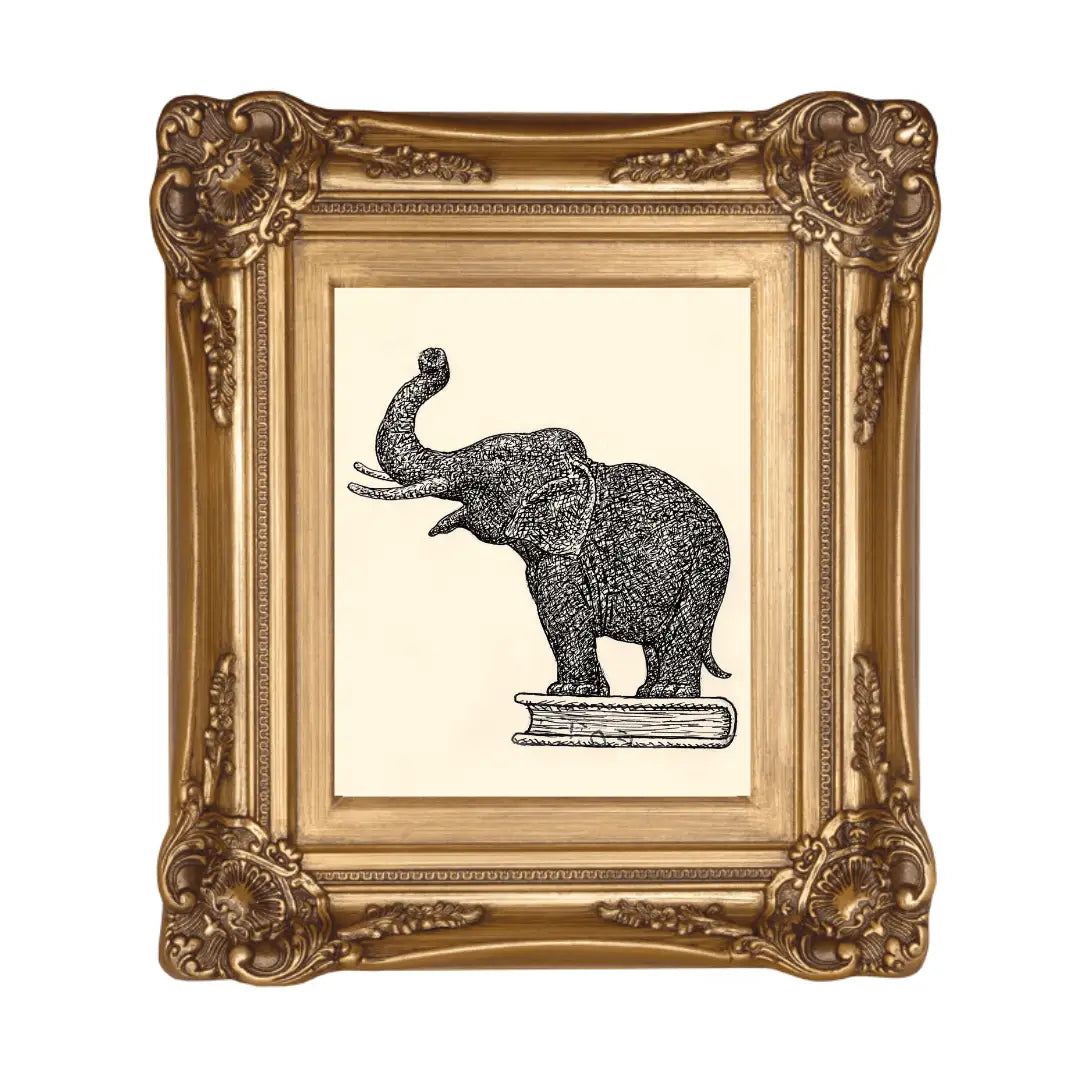
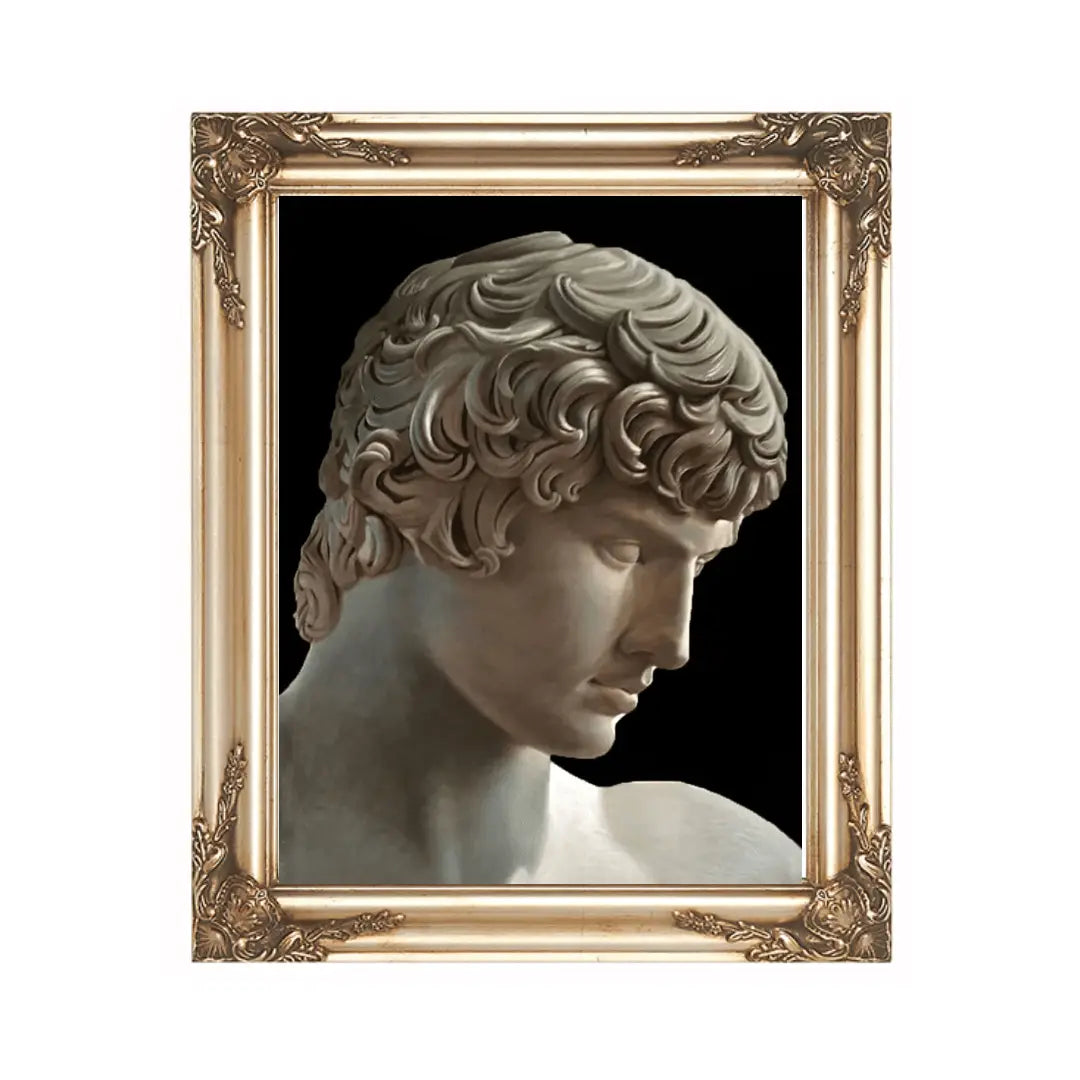
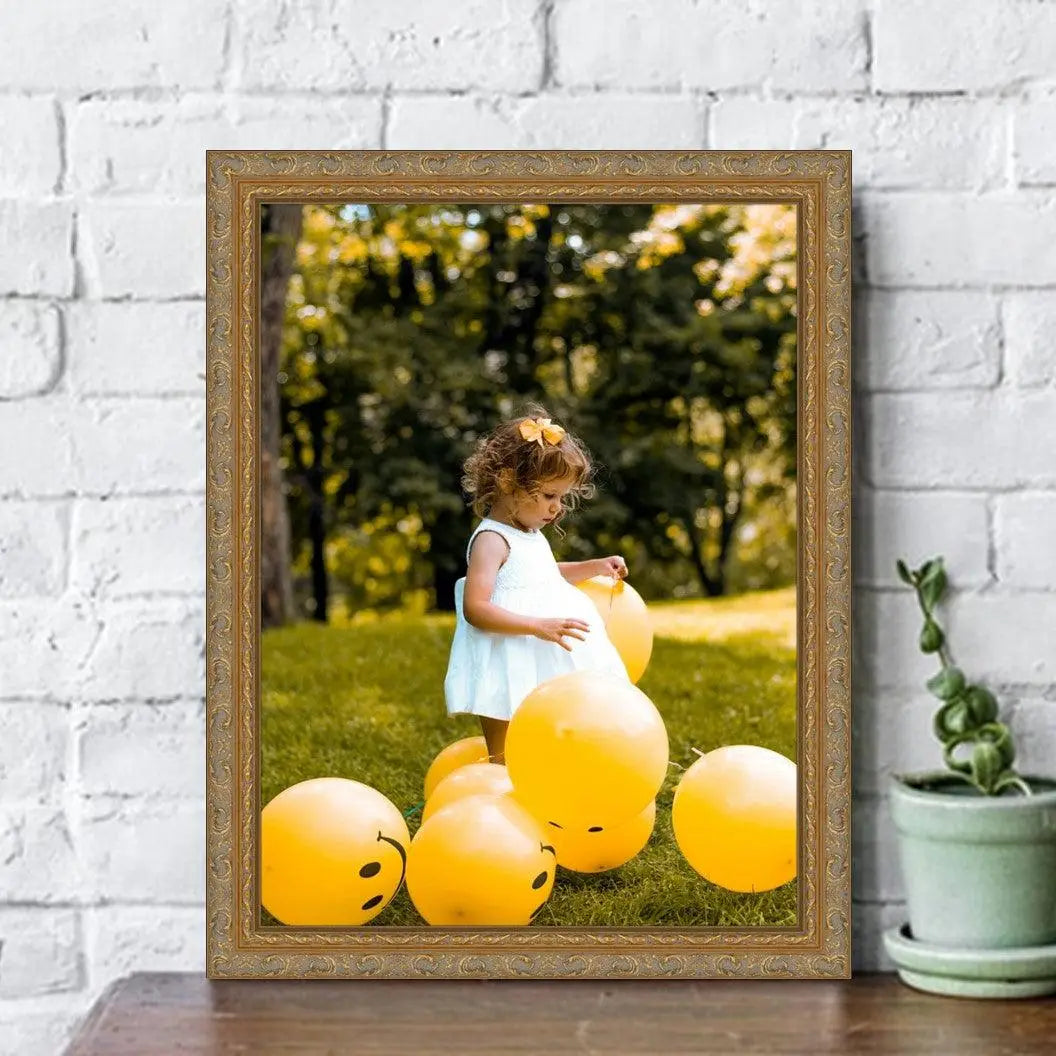
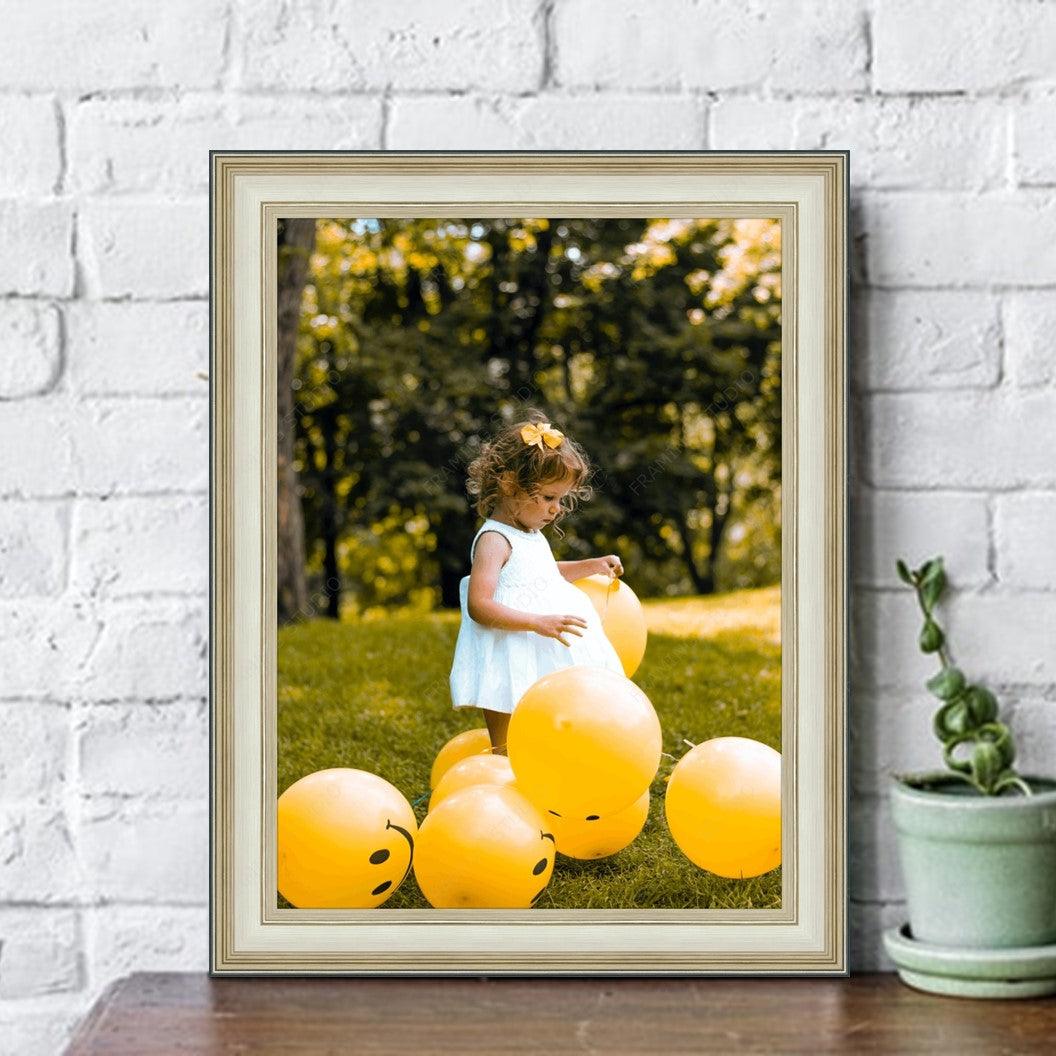
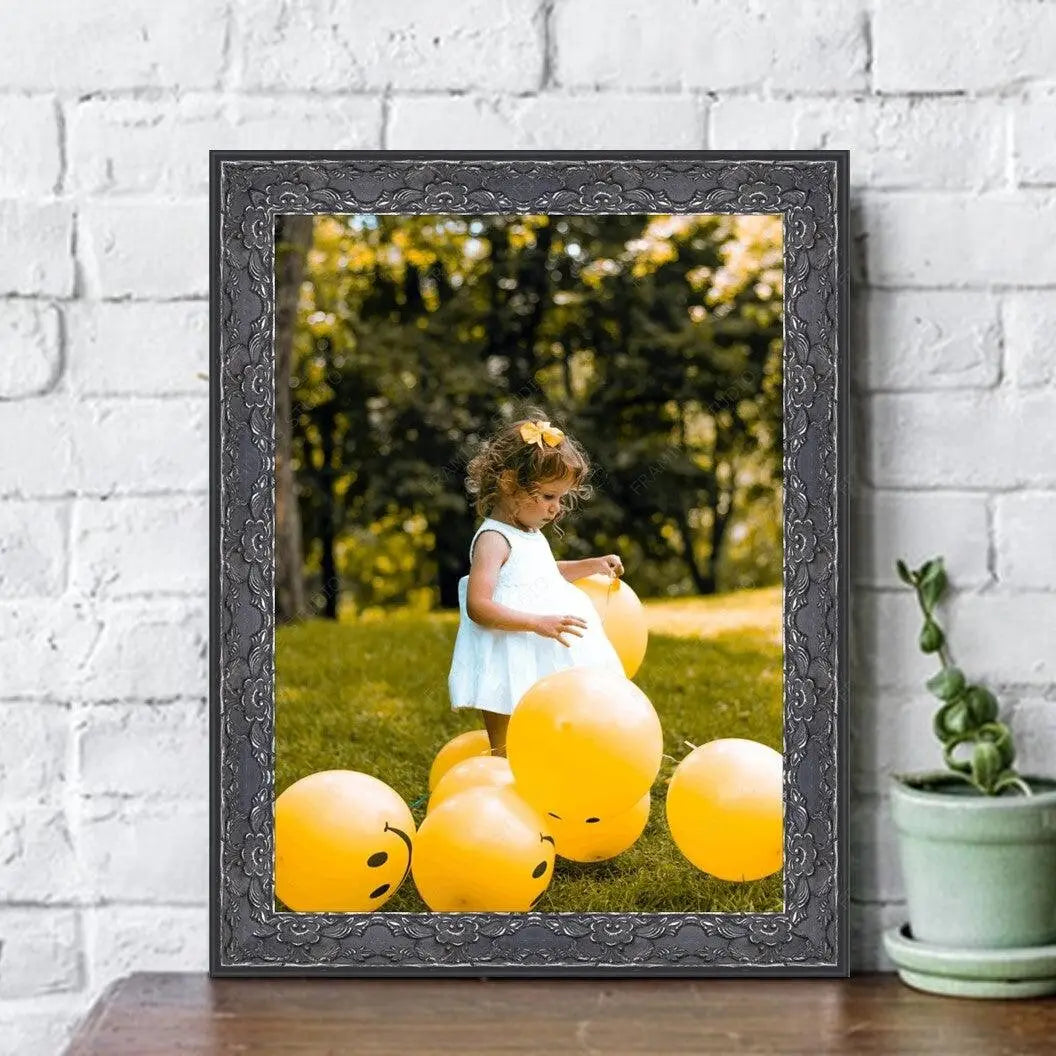
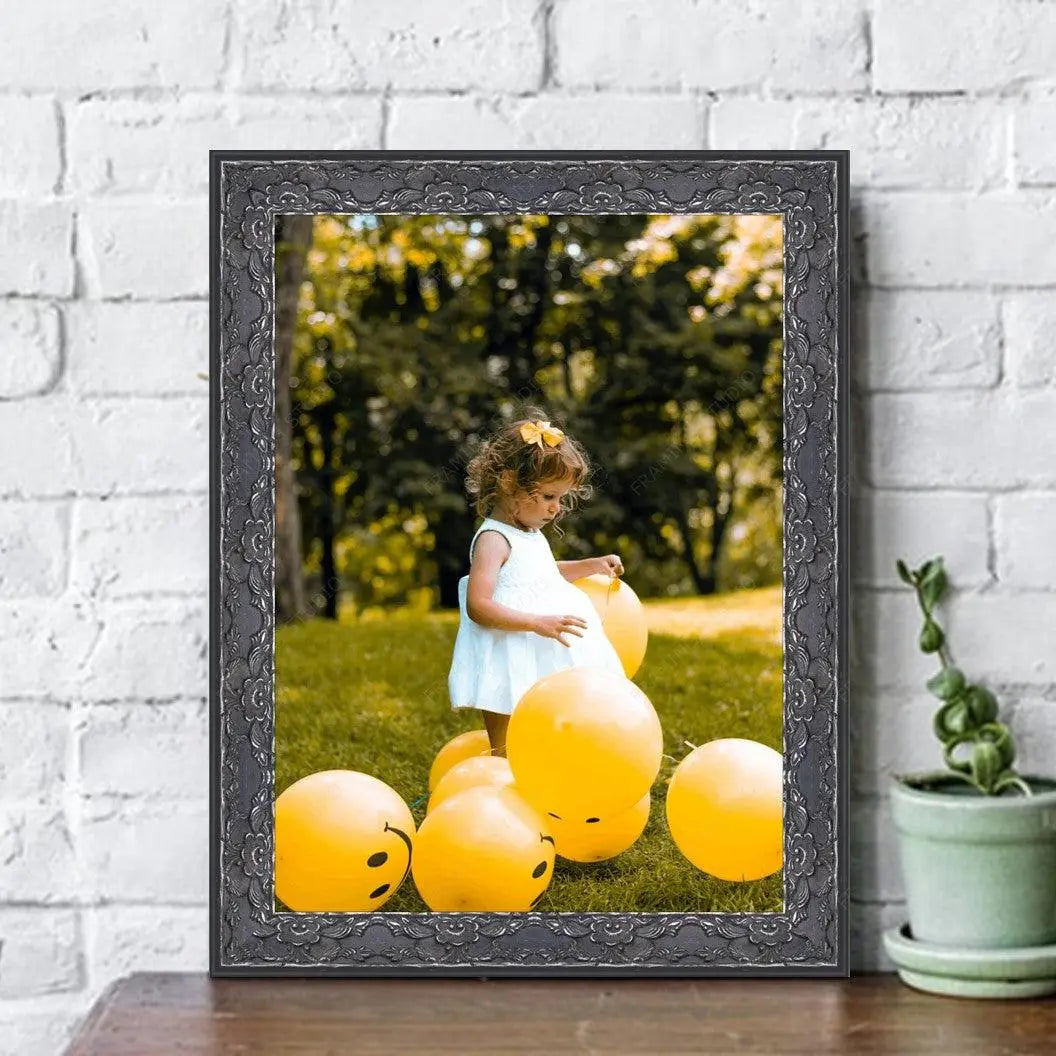
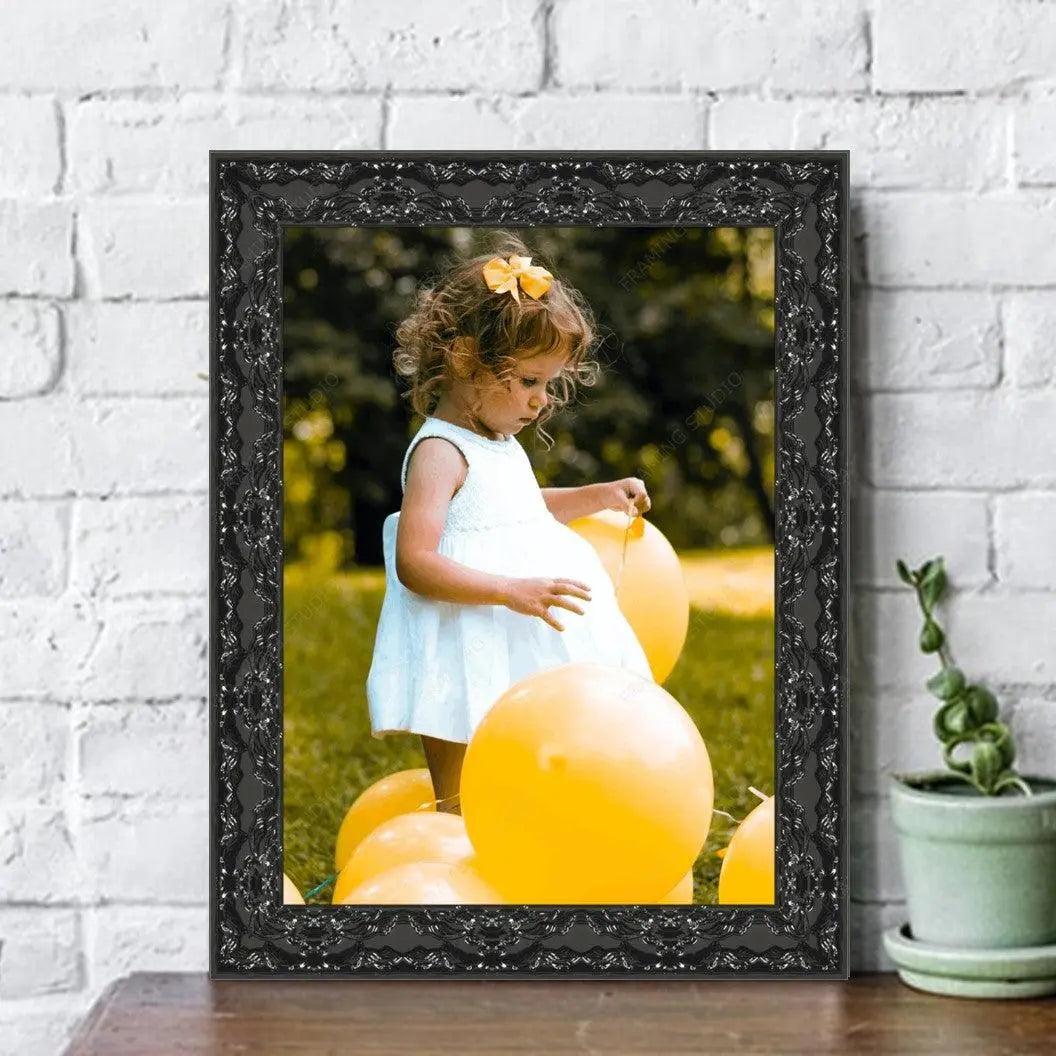
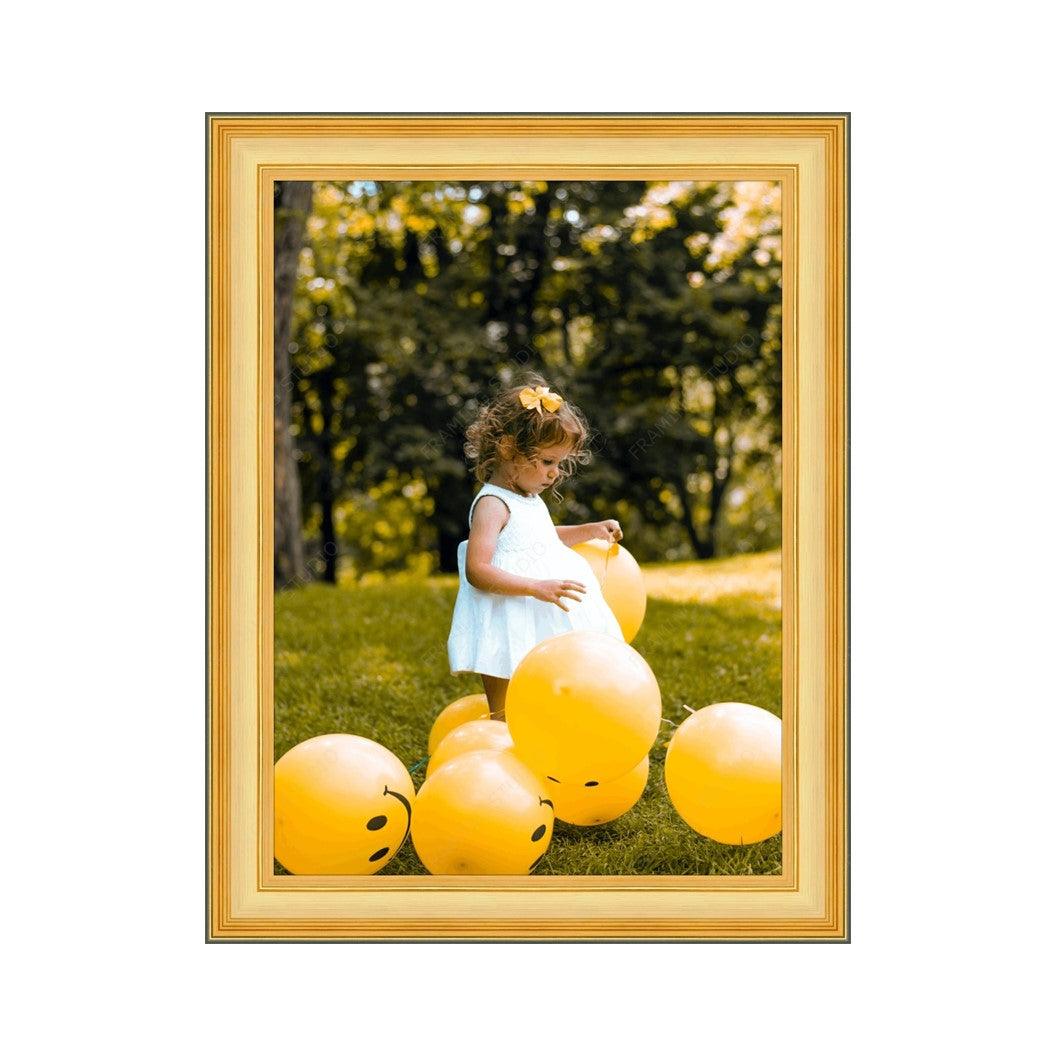
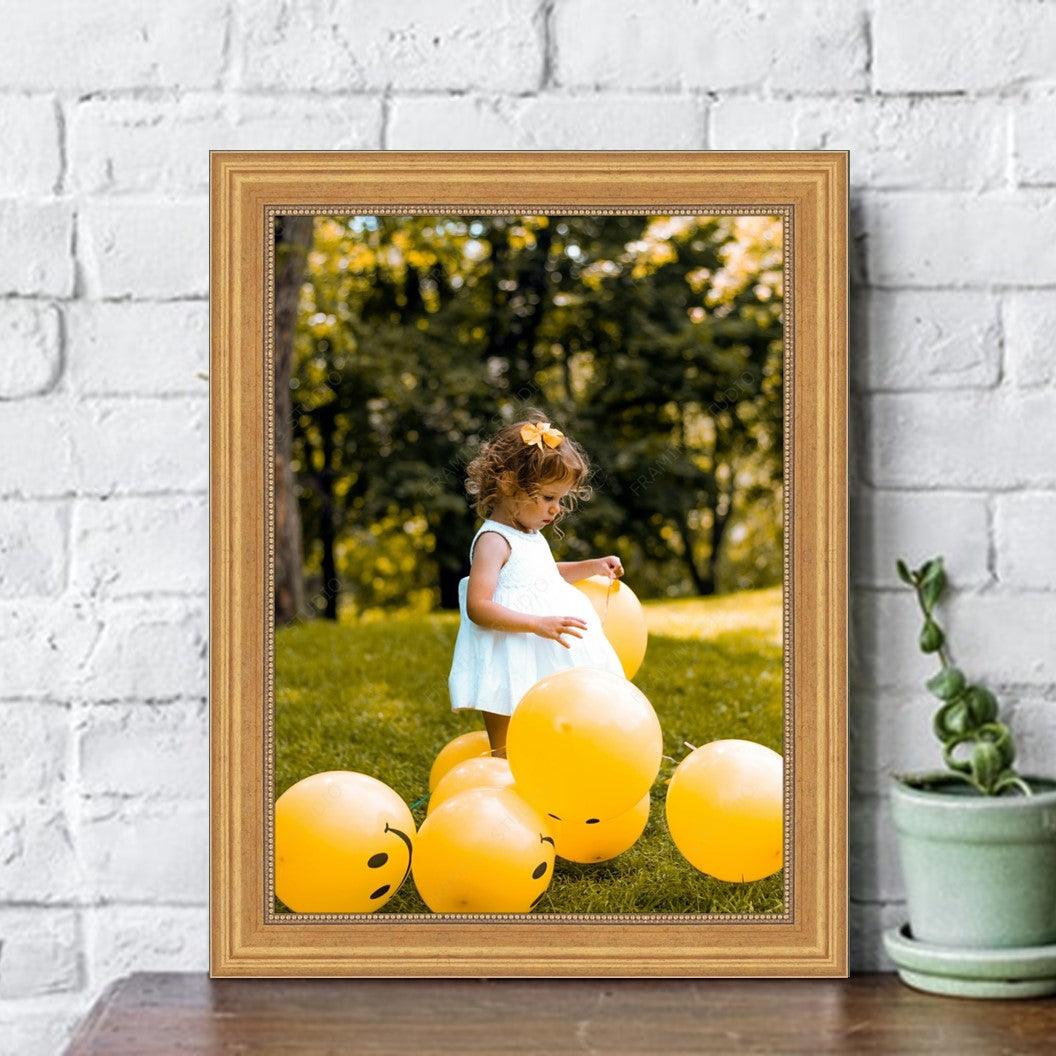
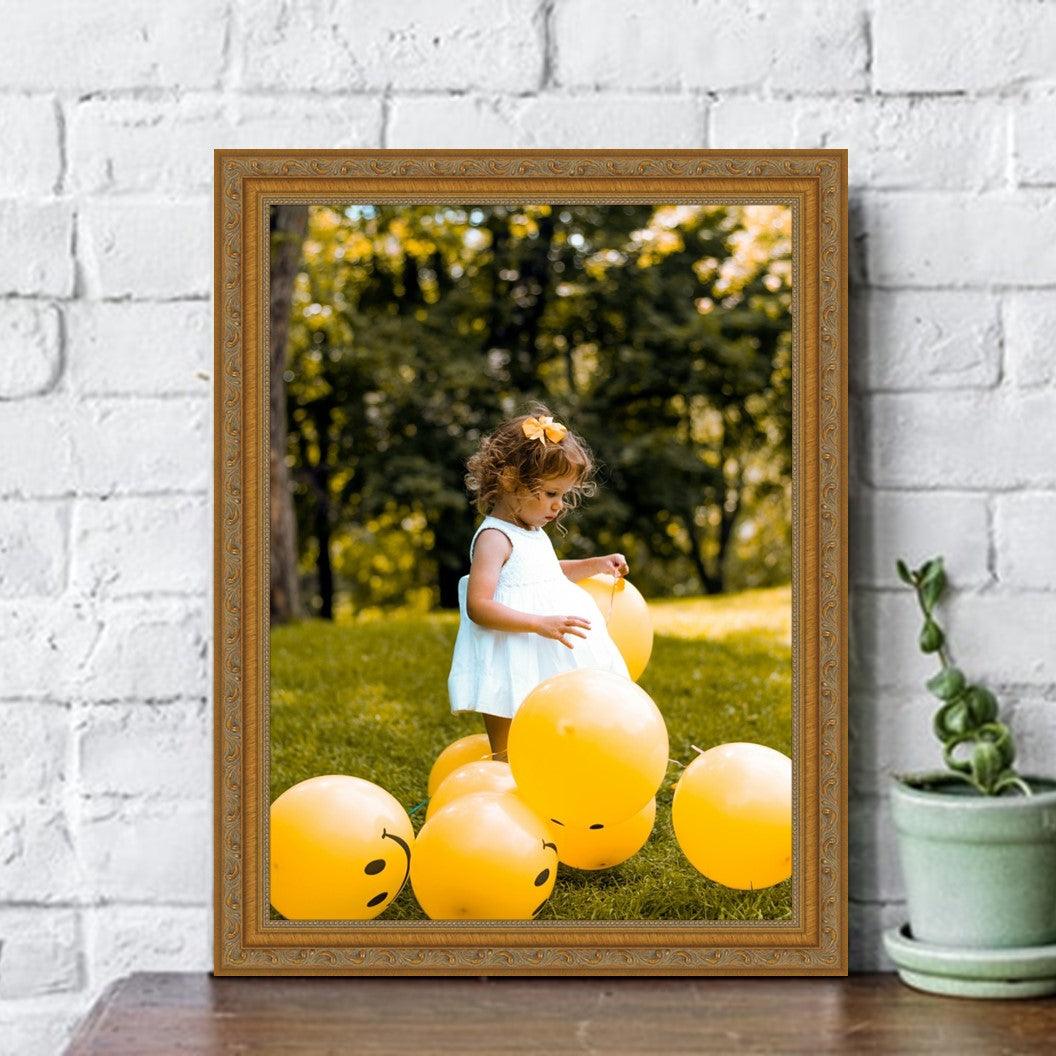
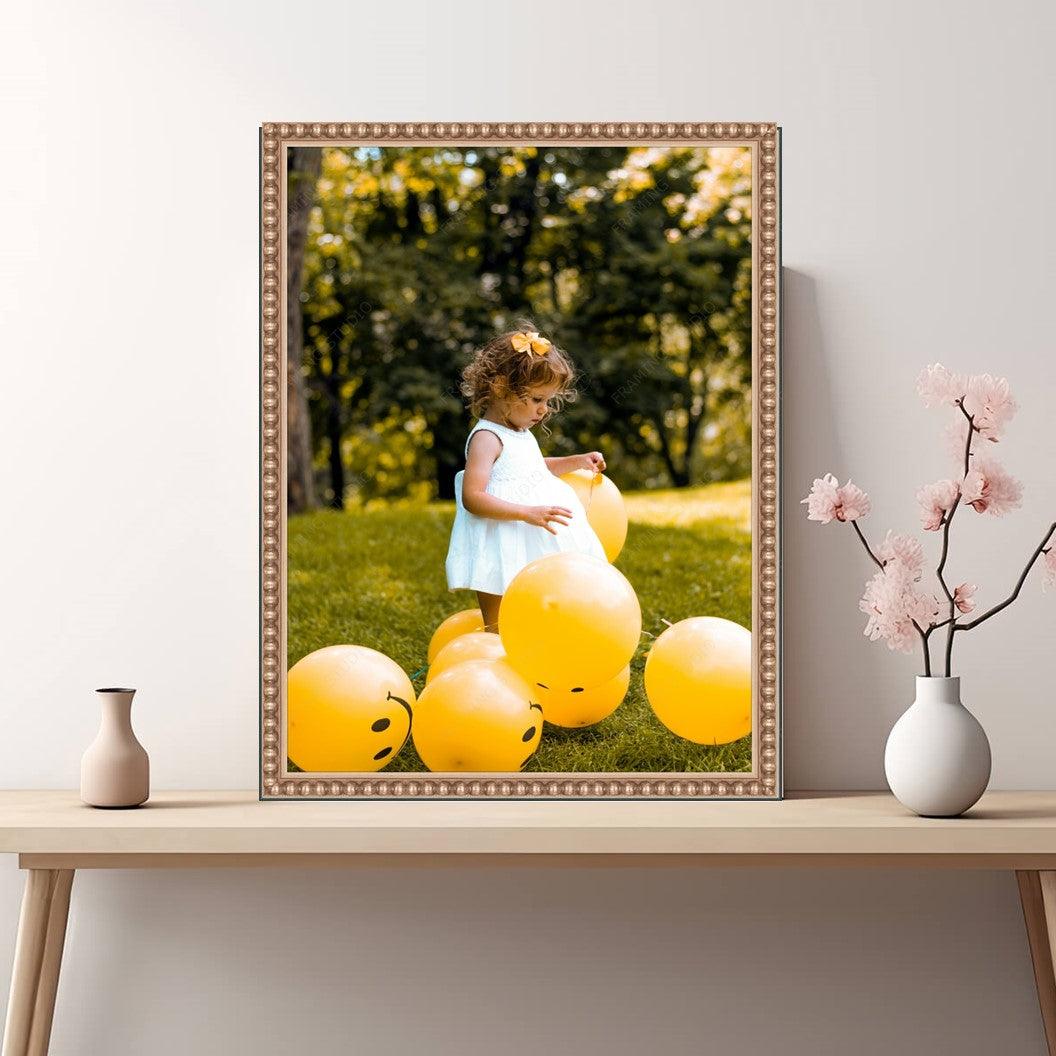

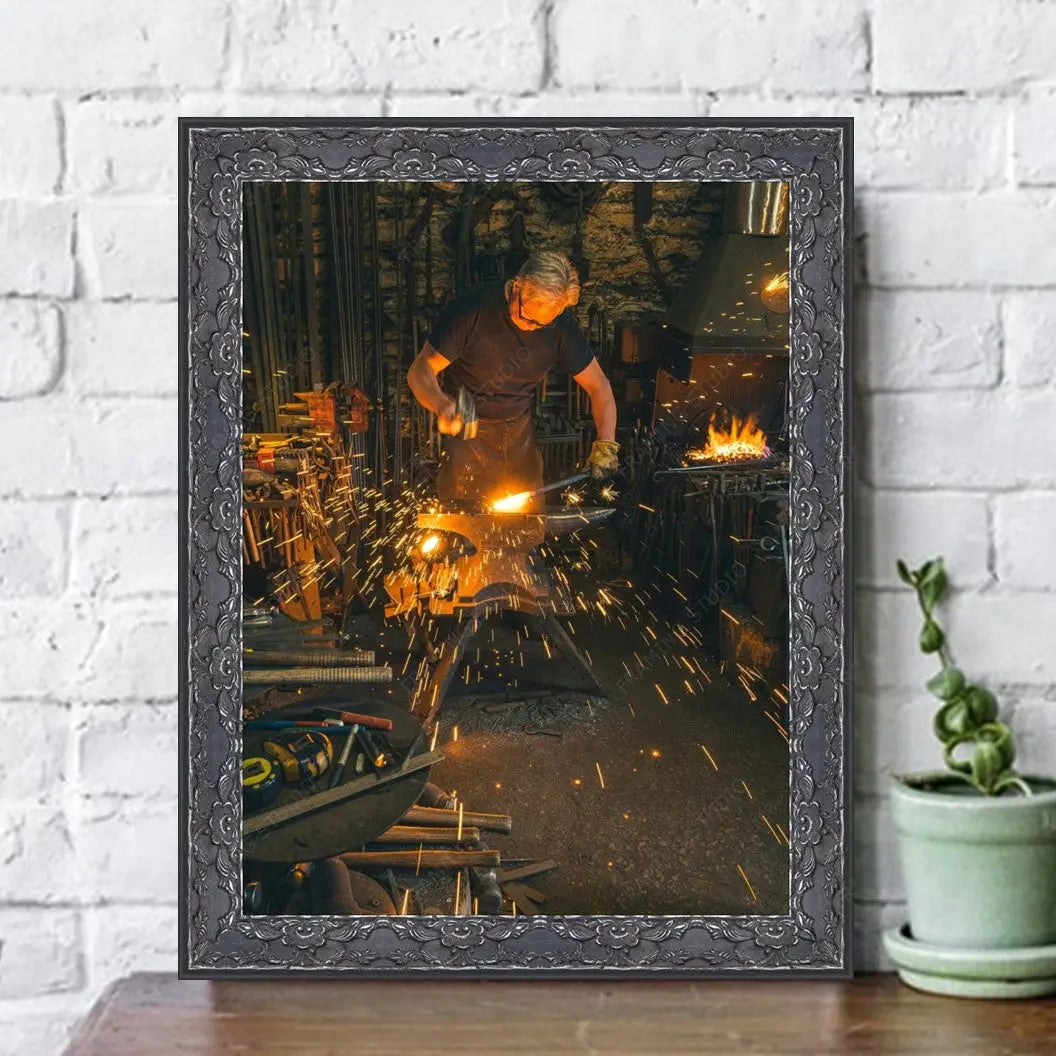

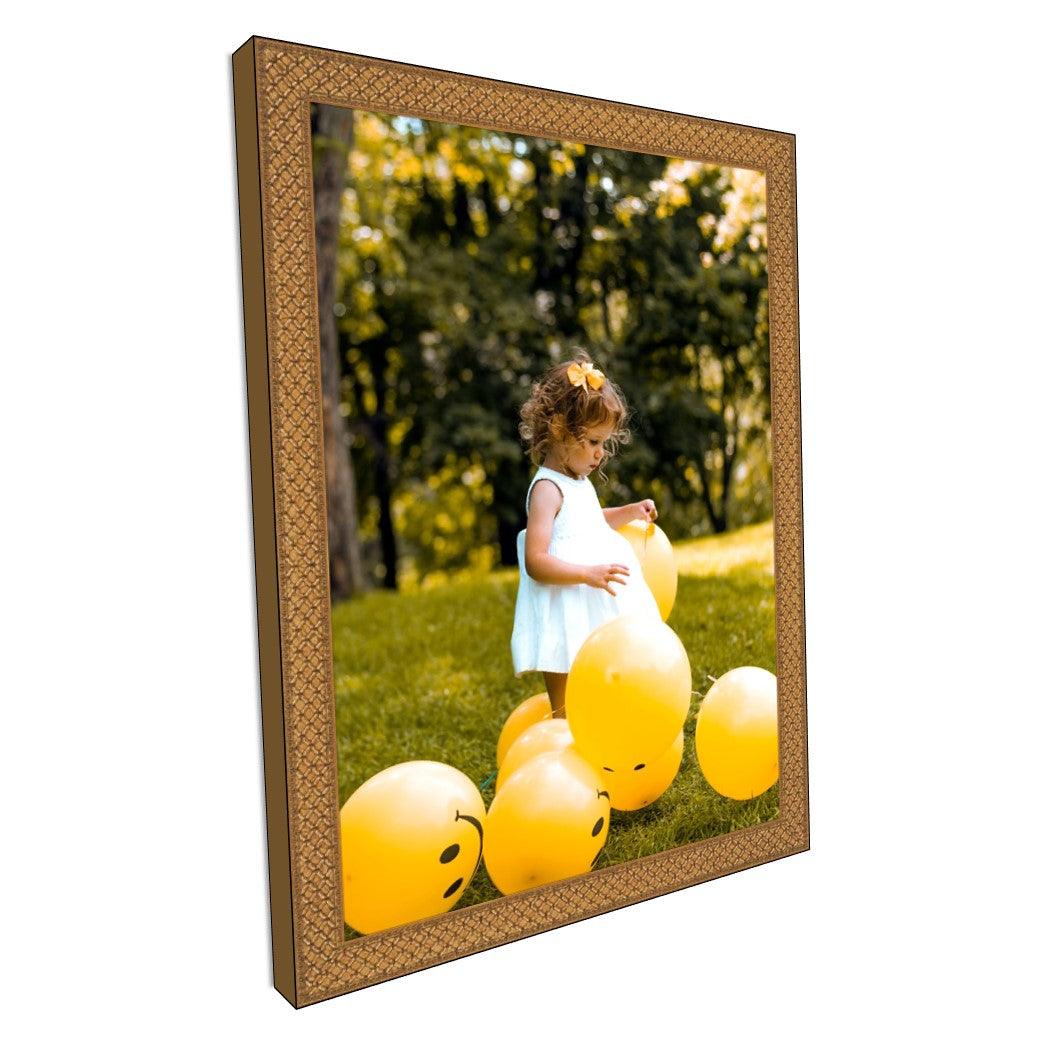
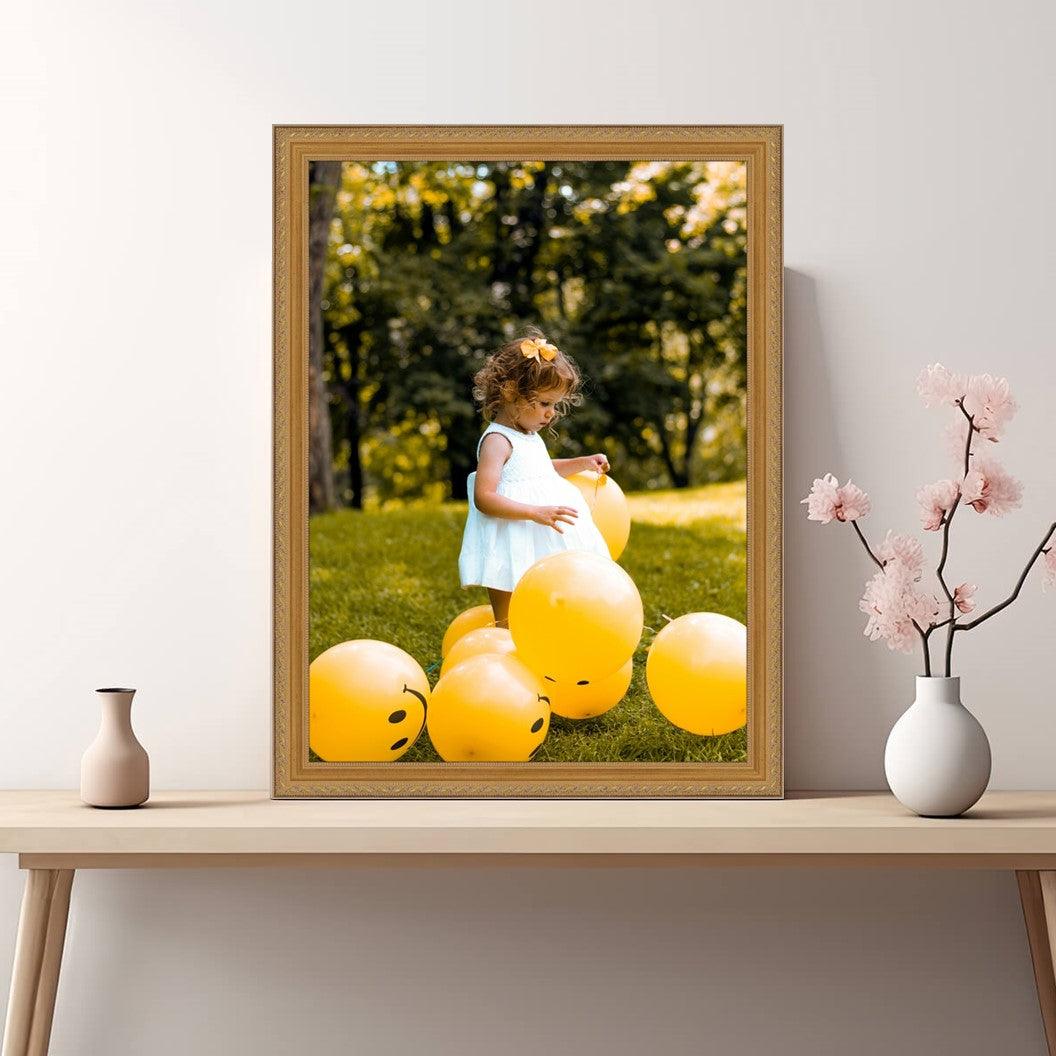
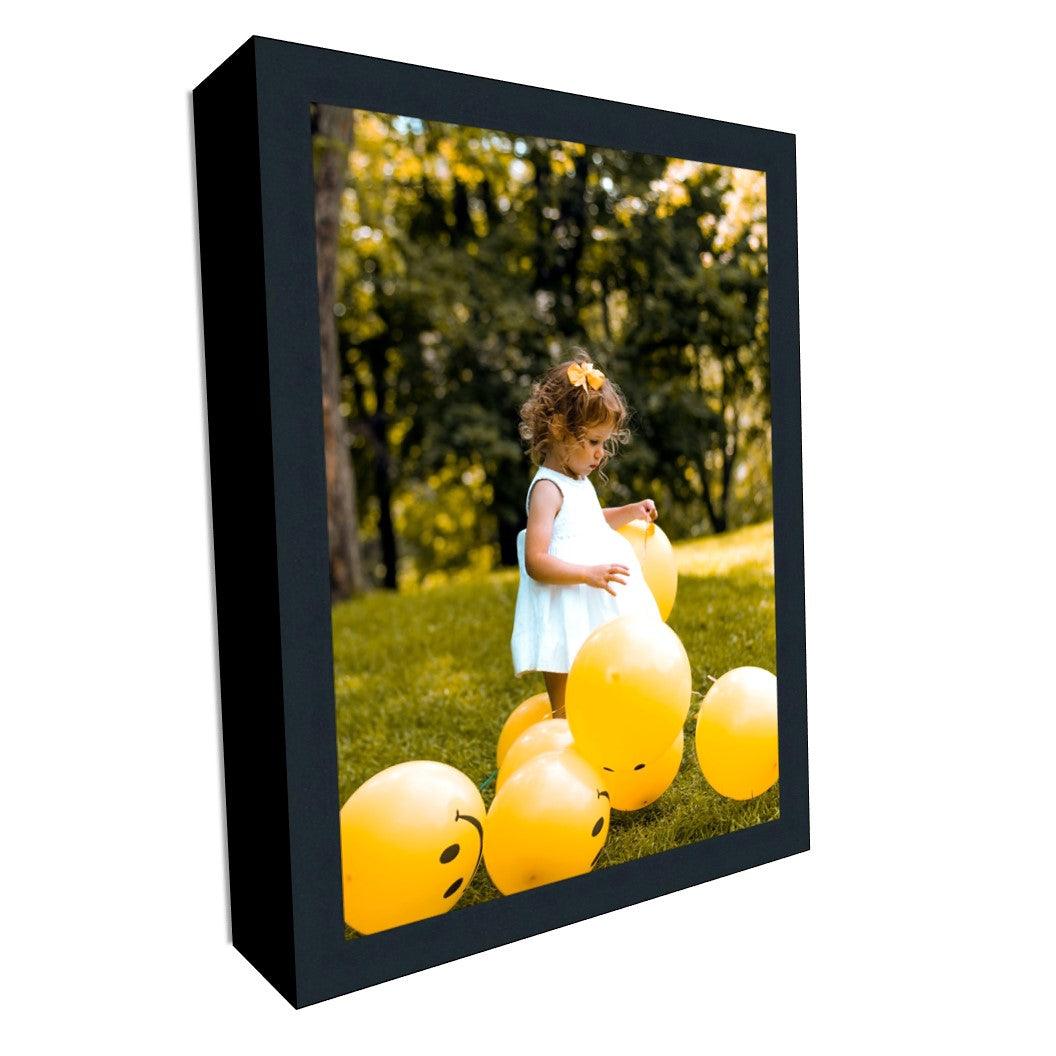
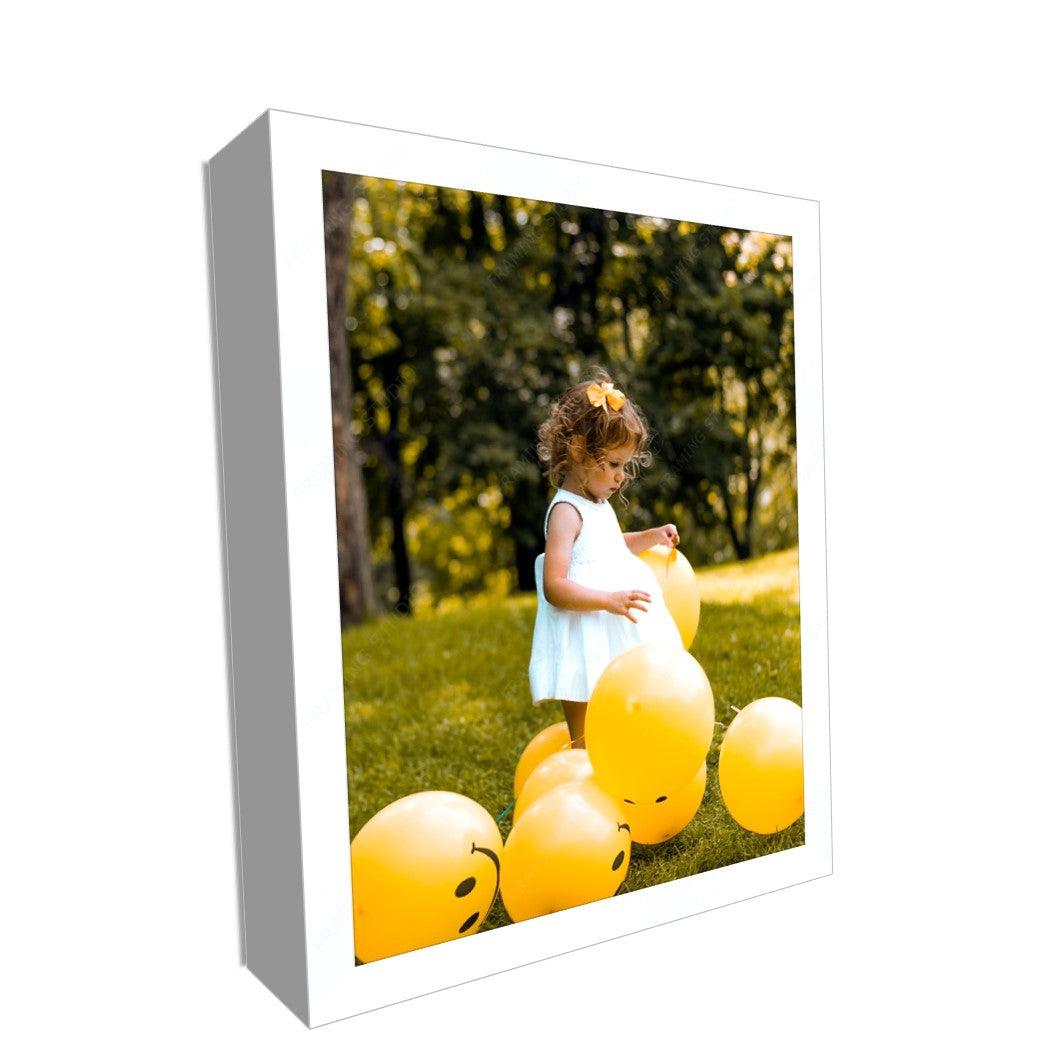

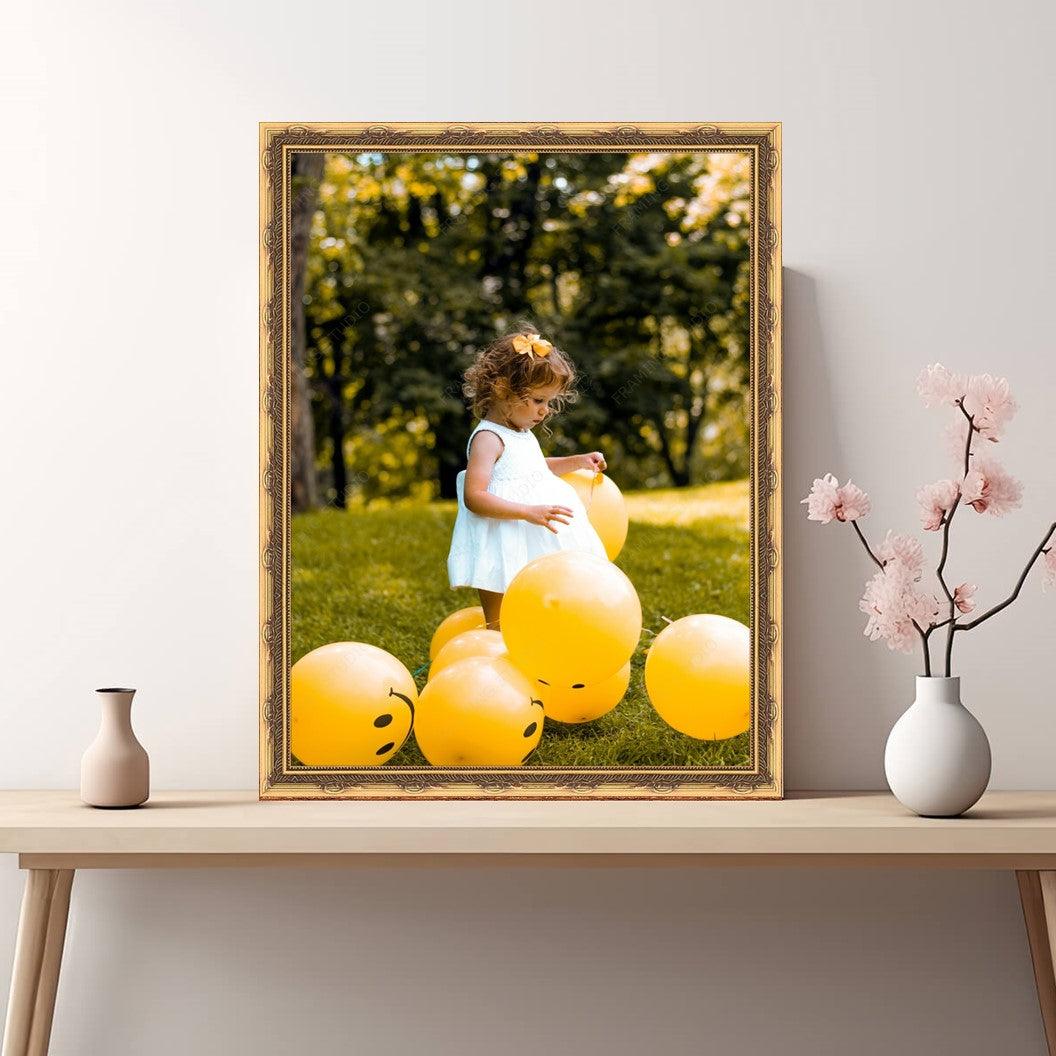
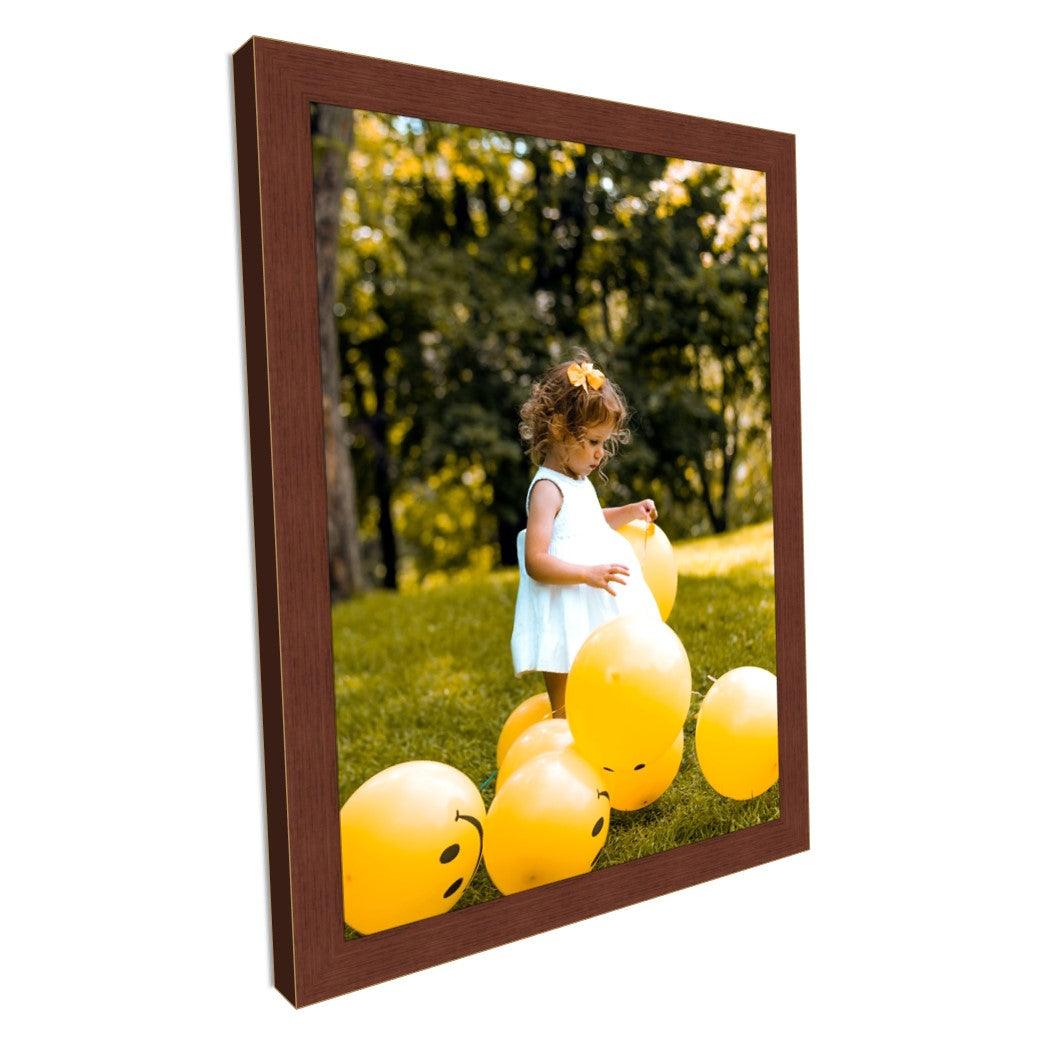
Leave a comment